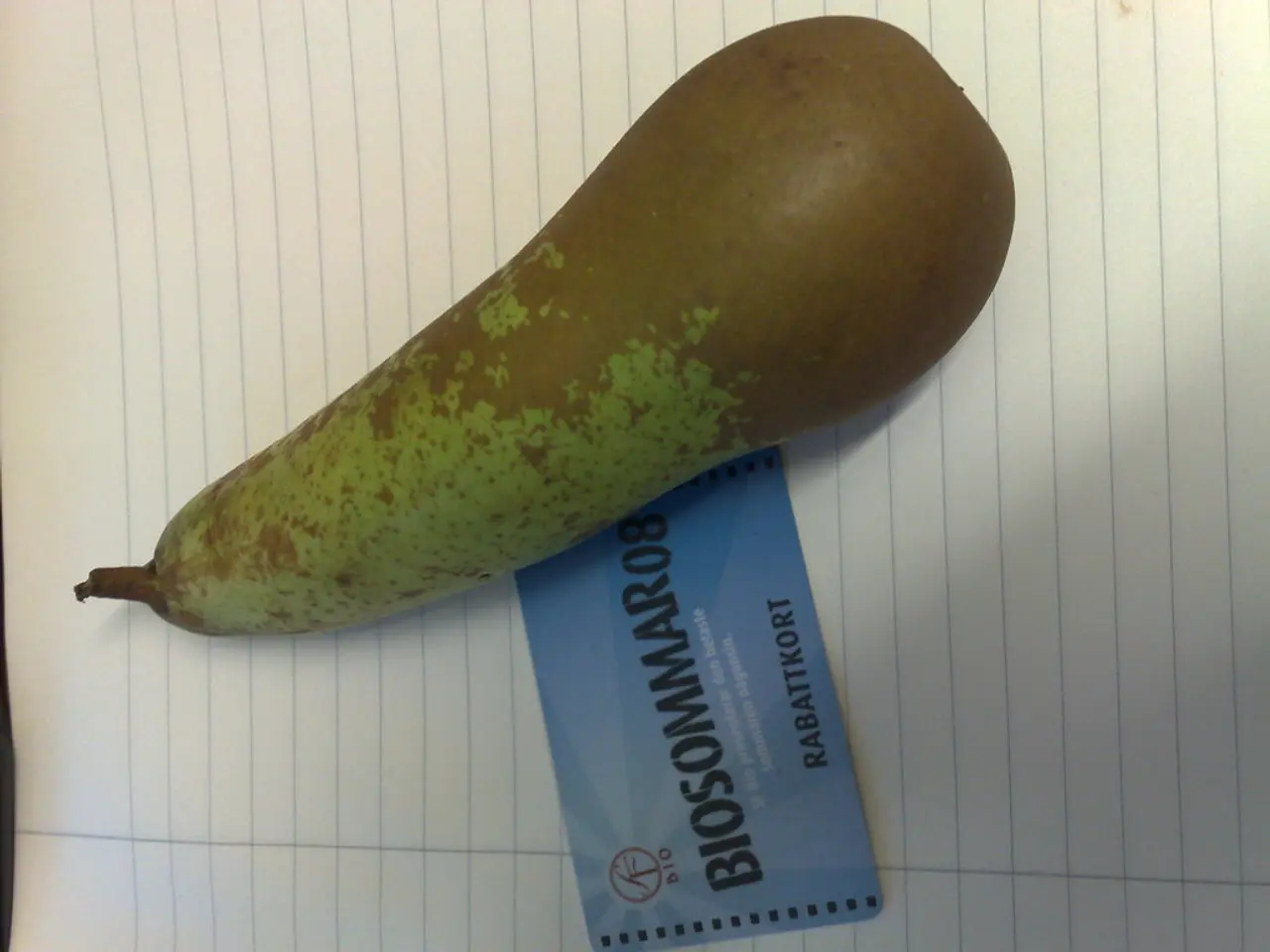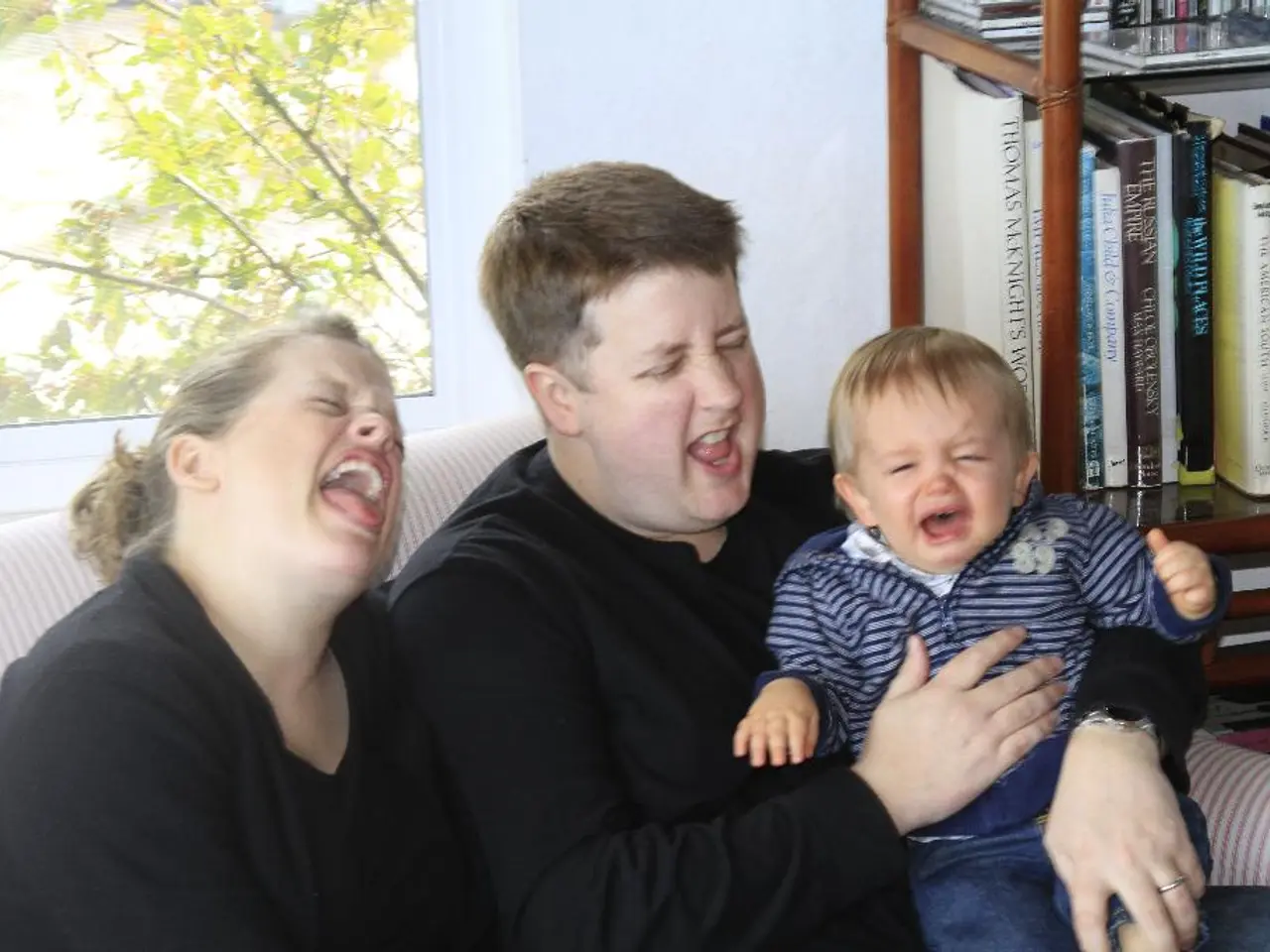Chemotherapy options for acute myeloid leukemia, treatment timeframes, and prognosis
Acute Myeloid Leukemia (AML) is a type of cancer that affects the bone marrow and blood, and standard treatment for this aggressive disease involves a combination of cytotoxic chemotherapy and targeted agents.
The most common combination chemotherapy regimen for AML is the "7+3" regimen, which includes cytarabine, a cytotoxic agent that interferes with DNA synthesis in rapidly dividing cells, and an anthracycline such as daunorubicin or idarubicin. The anthracyclines, which suppress the production of DNA and RNA, are given intravenously on days 1-3, while cytarabine is administered as a continuous infusion over 7 days during induction therapy. This regimen aggressively reduces leukemia cells and aims to achieve remission.
Recent advances have incorporated targeted agents such as venetoclax, a BCL-2 inhibitor, into combination therapy for AML. Venetoclax has shown improved outcomes when combined with the 7+3 chemotherapy regimen, leading to higher rates of complete remission and measurable residual disease (MRD)-negative status. Venetoclax combined with hypomethylating agents (HMAs) like azacitidine or decitabine is also used, especially in patients unfit for intensive chemotherapy or stem cell transplant.
Other targeted combinations include azacitidine plus ivosidenib for IDH1-mutated AML, which represents another emerging standard therapy for transplant-eligible patients.
After induction, consolidation therapy often involves intermediate-dose cytarabine, sometimes combined with venetoclax, to eliminate residual disease and maintain remission. The consolidation phase aims to kill the small number of leukemia cells left behind after the induction phase.
The maintenance phase involves receiving a low dose of a chemotherapy drug for months or years after the end of the consolidation phase, and is typically used to treat acute promyelocytic leukemia (APL). APL, an aggressive form of AML, involves a build-up of immature blood-forming cells called promyelocytes in the bone marrow and blood. Treatment for APL typically involves a combination of an anthracycline and all-trans-retinoic acid, and 8 or 9 out of 10 people with APL stay in long-term remission after consolidation and maintenance chemotherapy.
Doctors may prescribe anti-nausea medications to prevent vomiting, and low red blood cell and platelet counts may require transfusions. Low white blood cell counts increase the risk of infections and may require antibiotics at the first sign of bacterial infection. Chemotherapy can reduce blood cell counts, leading to tiredness and shortness of breath, higher risk of infections, and easy bleeding or bruising.
Doctors often recommend a combination of chemotherapy medications rather than a single one to increase effectiveness, as combinations of drugs tend to be more effective because they kill cancer cells in different ways. Combinations such as an anthracycline and cytarabine (Cytosar-U) are often used to treat AML.
Up to 50% of people who undergo consolidation chemotherapy for AML go into long-term remission. Chemotherapy is the main treatment option for people with AML, and while it can lead to side effects such as nausea and vomiting, loss of appetite, hair loss, mouth sores, diarrhea or constipation, it is essential in the battle against this aggressive disease.
- In the medical-condition domain, other leukemias, apart from Acute Myeloid Leukemia (AML), are treated with chemotherapy combinations similar to the 7+3 regimen, such as azacitidine plus ivosidenib for IDH1-mutated leukemias.
- In health-and-wellness discussions, science has emerged with targeted agents, like venetoclax, in treating AML, either incorporated into combination therapy with chemotherapy or used with hypomethylating agents (HMAs) to improve outcomes and increase complete remission rates.
- When exploring various cancer treatments, it is crucial to understand that science and medicine have developed chemotherapy regimens, such as an anthracycline and cytarabine, which work most effectively when combined rather than used separately, as combinations tend to be more effective because they kill cancer cells in different ways.




